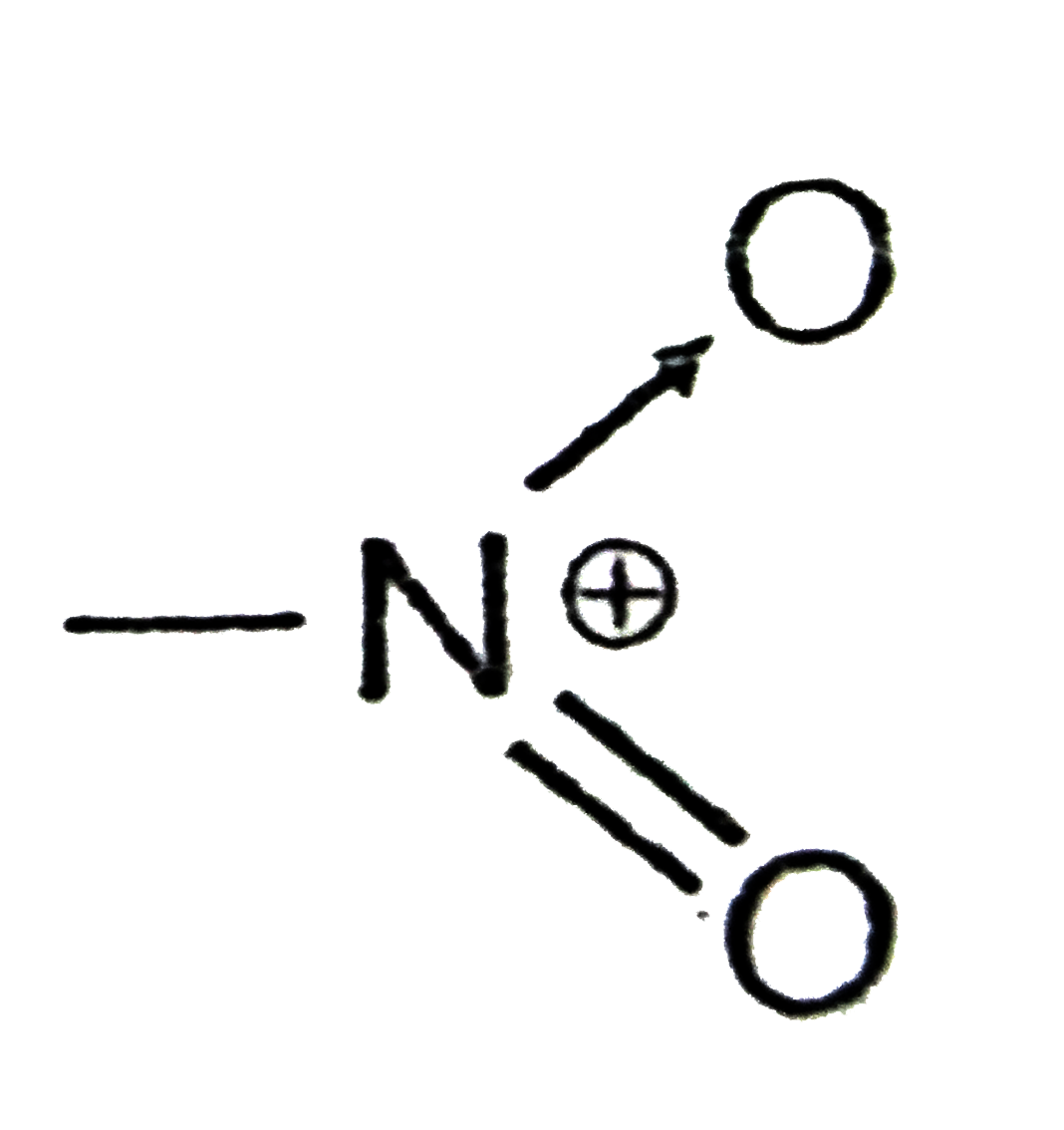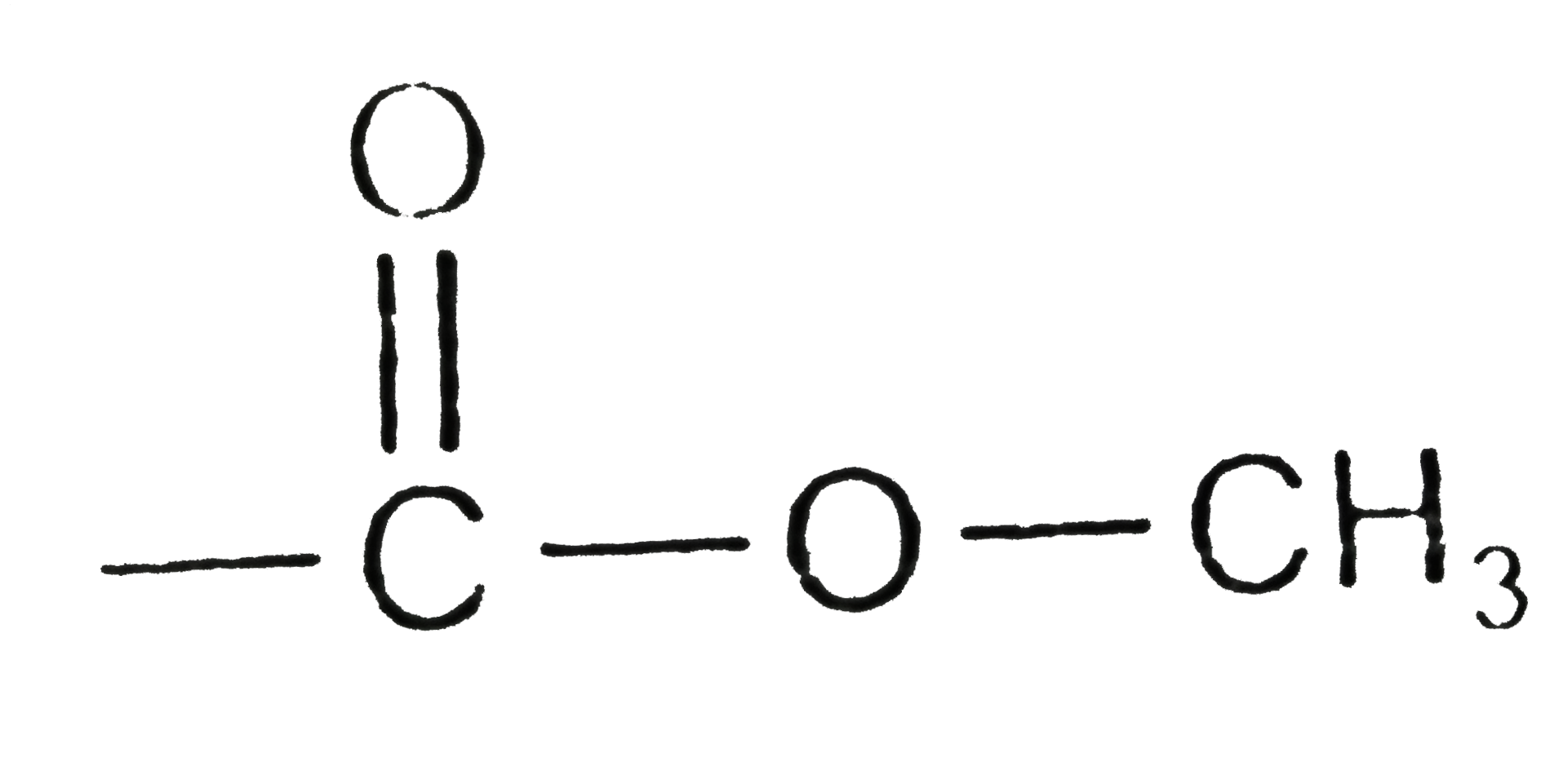Account for the following:
The OH group in phenols is ortho annd para-directing.
Or nitration of phenol gives ortho and para products.
To account for why the OH group in phenols is ortho and para-directing, we can follow these steps:
Step 1: Understand the Structure of Phenol
Phenol has the molecular formula C6H5OH, where the hydroxyl (OH) group is attached to a benzene ring. The presence of the OH group affects the electron density of the benzene ring.
Hint: Recall that the benzene ring is a stable structure due to resonance, which allows for delocalization of electrons.
Step 2: Resonance Structures of Phenol
When we draw the resonance structures of phenol, we can see that the lone pairs on the oxygen atom can participate in resonance with the benzene ring. This results in an increase in electron density at the ortho and para positions relative to the OH group.
Hint: Consider how the lone pairs on the oxygen can form double bonds with the adjacent carbon atoms in the ring.
Step 3: Electron Density Distribution
Due to resonance, the electron density is higher at the ortho and para positions compared to the meta position. This makes the ortho and para positions more reactive towards electrophilic substitution reactions.
Hint: Think about how the distribution of negative charge affects the reactivity of different positions on the benzene ring.
Step 4: Electrophilic Substitution Reaction
When an electrophile approaches the phenol, it is more likely to attack the ortho or para positions because of the increased electron density there. This is why the OH group is considered ortho and para-directing.
Hint: Remember that electrophiles are attracted to regions of high electron density.
Step 5: Nitration of Phenol
In the nitration of phenol, concentrated nitric acid (HNO3) and concentrated sulfuric acid (H2SO4) are used to generate the nitronium ion (NO2+), which acts as the electrophile. The electrophile attacks the phenol at the ortho and para positions, leading to the formation of ortho-nitrophenol and para-nitrophenol.
Hint: Consider the role of the acids in generating the electrophile and how the reaction conditions might influence the product distribution.
Conclusion
Thus, the OH group in phenols is ortho and para-directing because it increases the electron density at these positions through resonance, making them more reactive towards electrophiles. This is why nitration of phenol results in the formation of ortho and para products.
---
Phenol has the molecular formula C6H5OH, where the hydroxyl (OH) group is attached to a benzene ring. The presence of the OH group affects the electron density of the benzene ring.
When we draw the resonance structures of phenol, we can see that the lone pairs on the oxygen atom can participate in resonance with the benzene ring. This results in an increase in electron density at the ortho and para positions relative to the OH group.
Due to resonance, the electron density is higher at the ortho and para positions compared to the meta position. This makes the ortho and para positions more reactive towards electrophilic substitution reactions.
When an electrophile approaches the phenol, it is more likely to attack the ortho or para positions because of the increased electron density there. This is why the OH group is considered ortho and para-directing.
In the nitration of phenol, concentrated nitric acid (HNO3) and concentrated sulfuric acid (H2SO4) are used to generate the nitronium ion (NO2+), which acts as the electrophile. The electrophile attacks the phenol at the ortho and para positions, leading to the formation of ortho-nitrophenol and para-nitrophenol.
Thus, the OH group in phenols is ortho and para-directing because it increases the electron density at these positions through resonance, making them more reactive towards electrophiles. This is why nitration of phenol results in the formation of ortho and para products.
Topper's Solved these Questions
- BOOK - PRADEEPCHAPTER - ALCOHOLS, PHENOLS AND ETHERSEXERCISE - ADDITIONAL QUESTIONS (LONG ANSWER QUESTIONS)6videos
ALCOHOLS, PHENOLS AND ETHERS
- BOOK - PRADEEPCHAPTER - ALCOHOLS, PHENOLS AND ETHERSEXERCISE - HIGHER ORDER THINKING SKILLS (QUESTIONS AND PROBLEMS WITH ANSWERS/SOLUTION)5videos
ALCOHOLS, PHENOLS AND ETHERS
- BOOK - PRADEEPCHAPTER - ALCOHOLS, PHENOLS AND ETHERSEXERCISE - ADDITIONAL QUESTIONS (VERY SHORT ANSWER QUESTIONS)58videos
ALCOHOLS, PHENOLS AND ETHERS
- BOOK - PRADEEPCHAPTER - ALDEHYDES, KETONES AND CARBOXYLIC ACIDS EXERCISE - IMPORTANT QUESTIONS FOR BOARD EXAMINATION29videos
ALDEHYDES, KETONES AND CARBOXYLIC ACIDS
Similar Questions
Knowledge Check
- Question 1 - Select One
Among the following groups, which one is ortho and para directing?
A B
B C−O∣∣C−HD
C−O∣∣C−HD
- Question 2 - Select One
The Common ortho and para directing group is
A−NH2B−COOHC−C≡NDNone of these - Question 3 - Select One
The Common ortho and para directing group is
A−ORB−CJOC−NO2DNone of these
Name an ortho-and para-directing deactivating group.
View SolutionThe Common ortho and para directing group is
View SolutionWhich of the following group is sharp ortho and para directive ?
View SolutionWhich of the following is ortho para directing
View SolutionOrtho- and para-hydrogen differ in
View Solution

